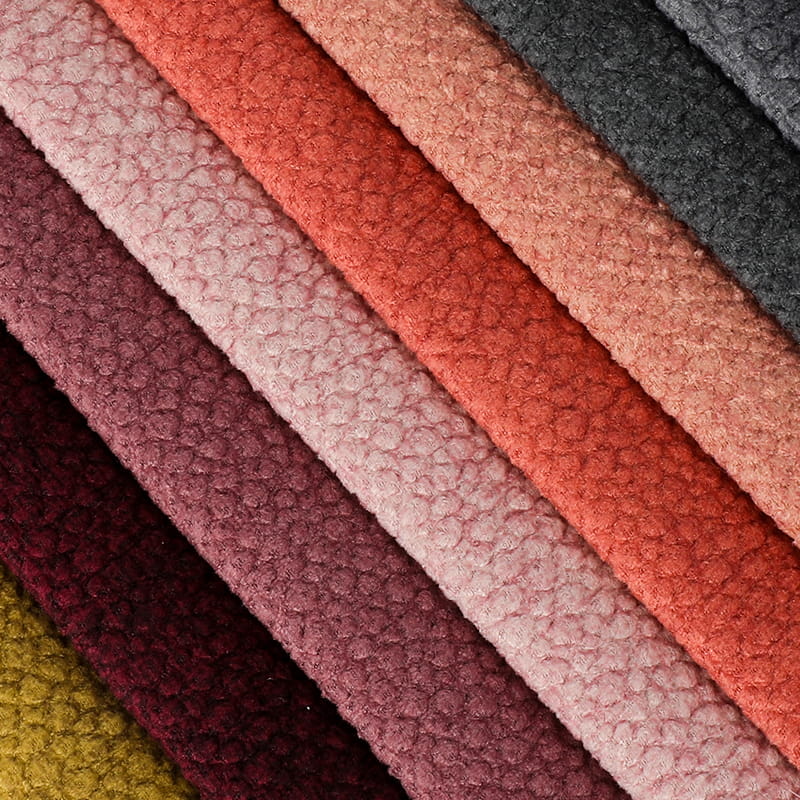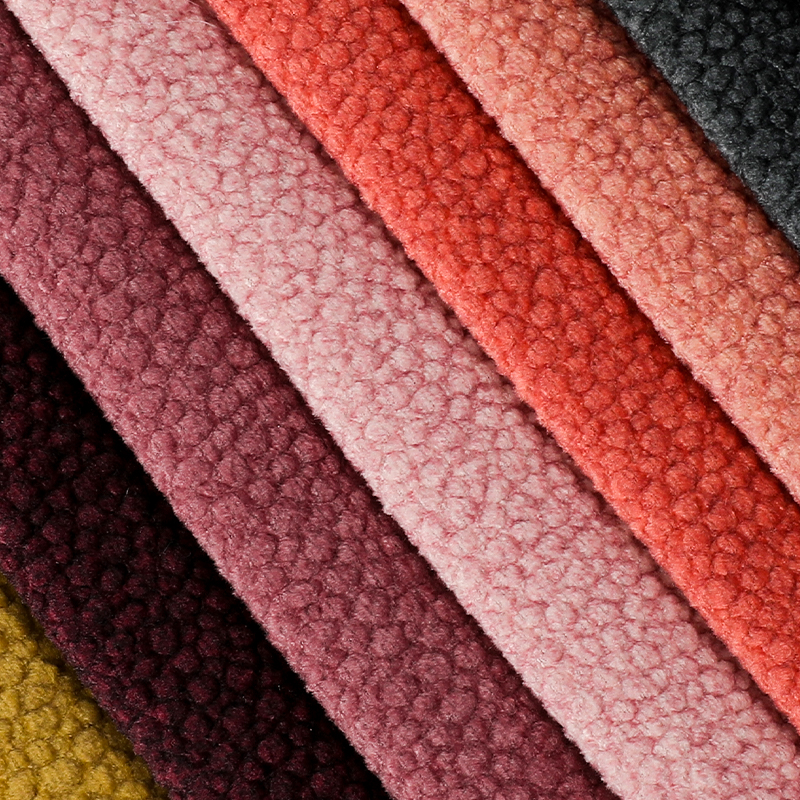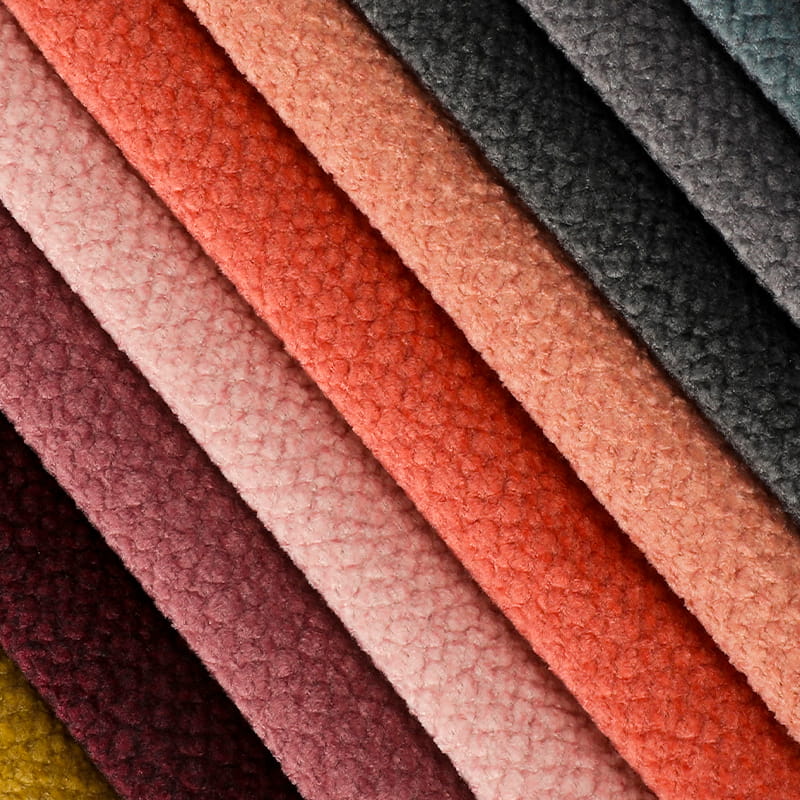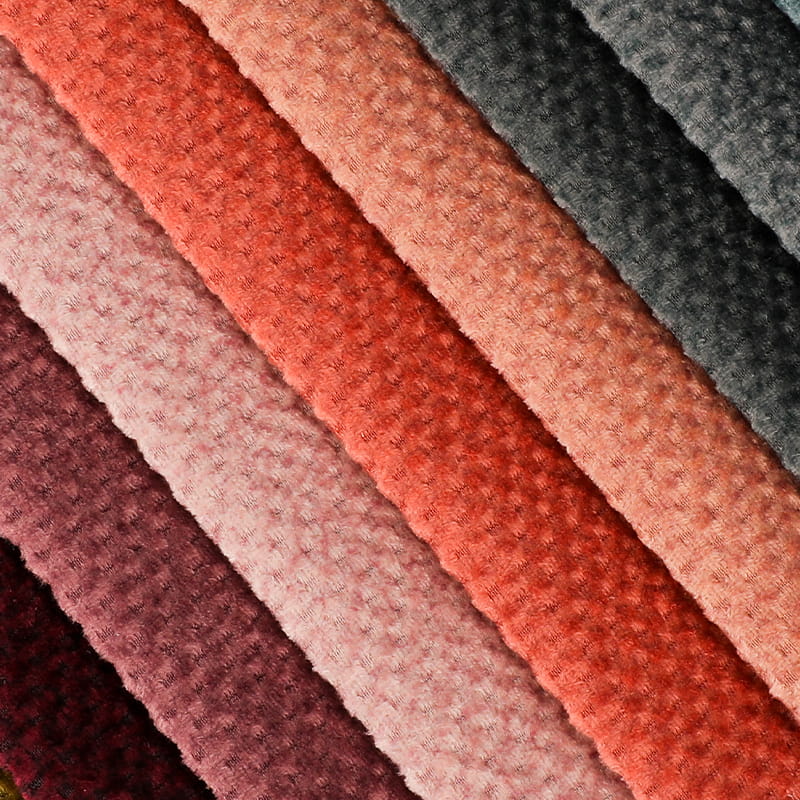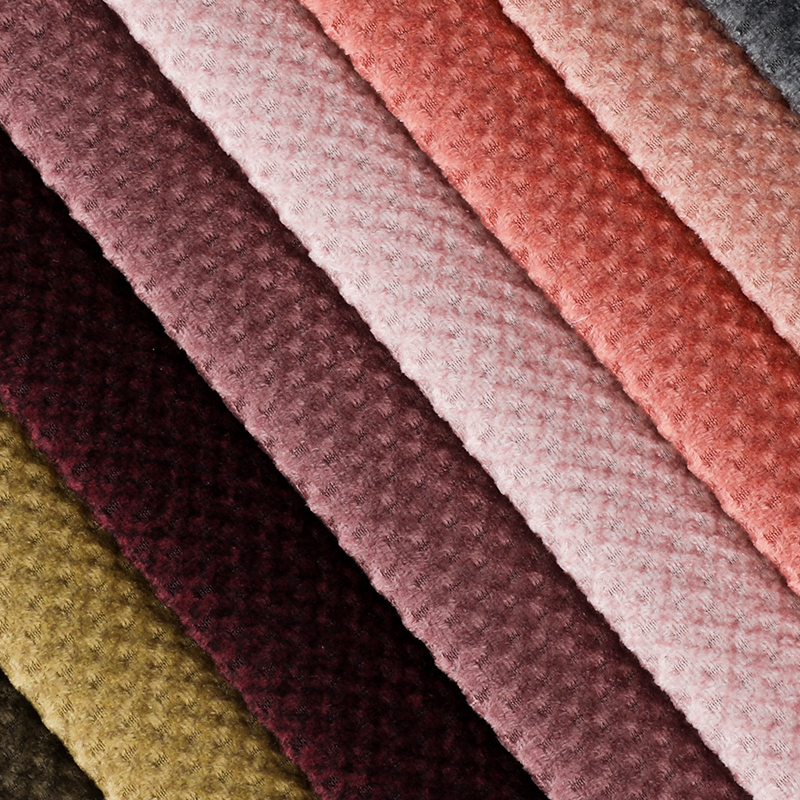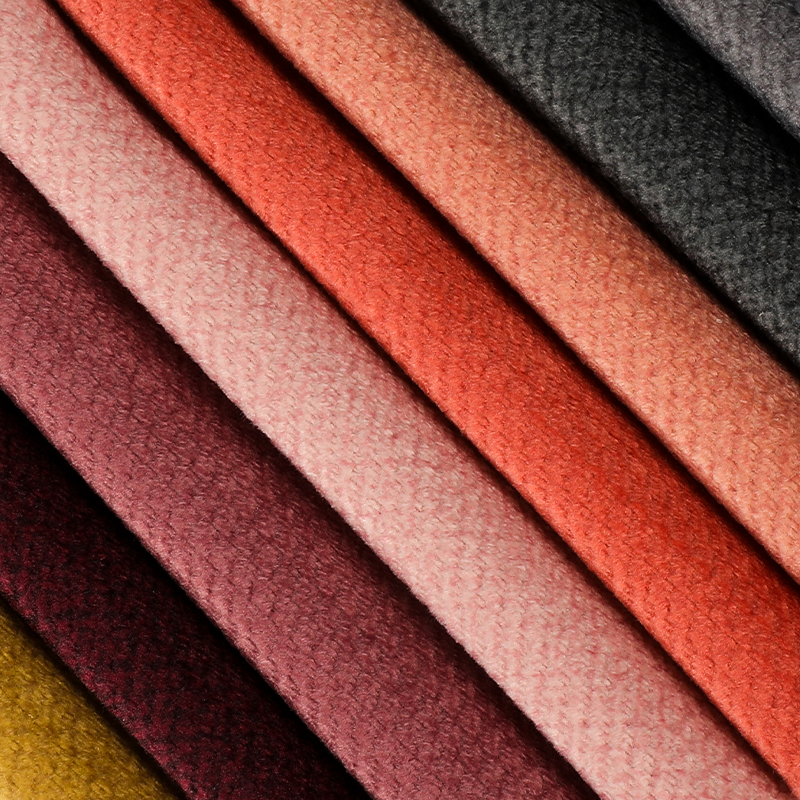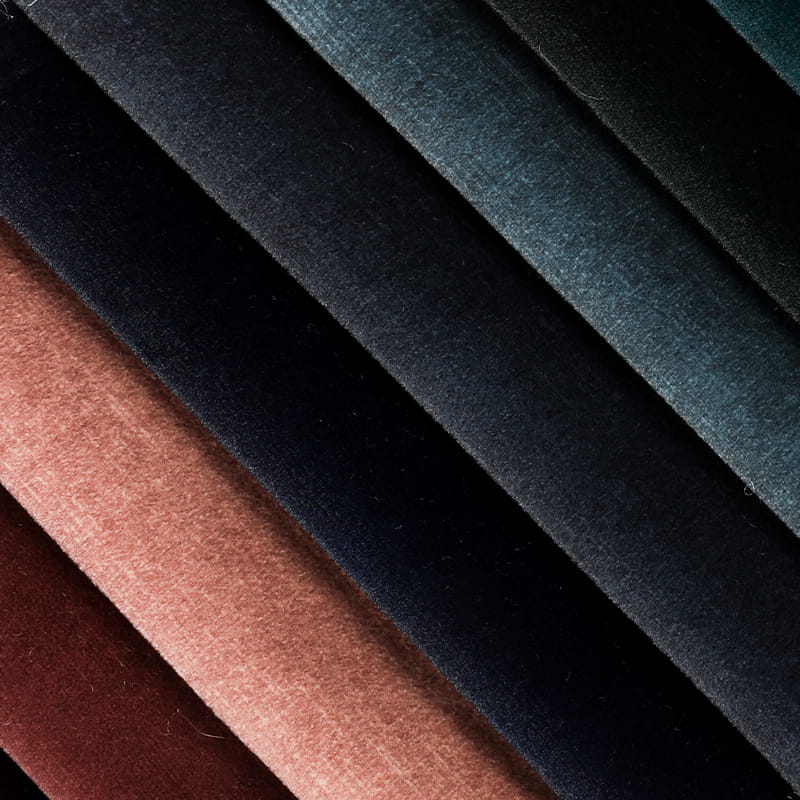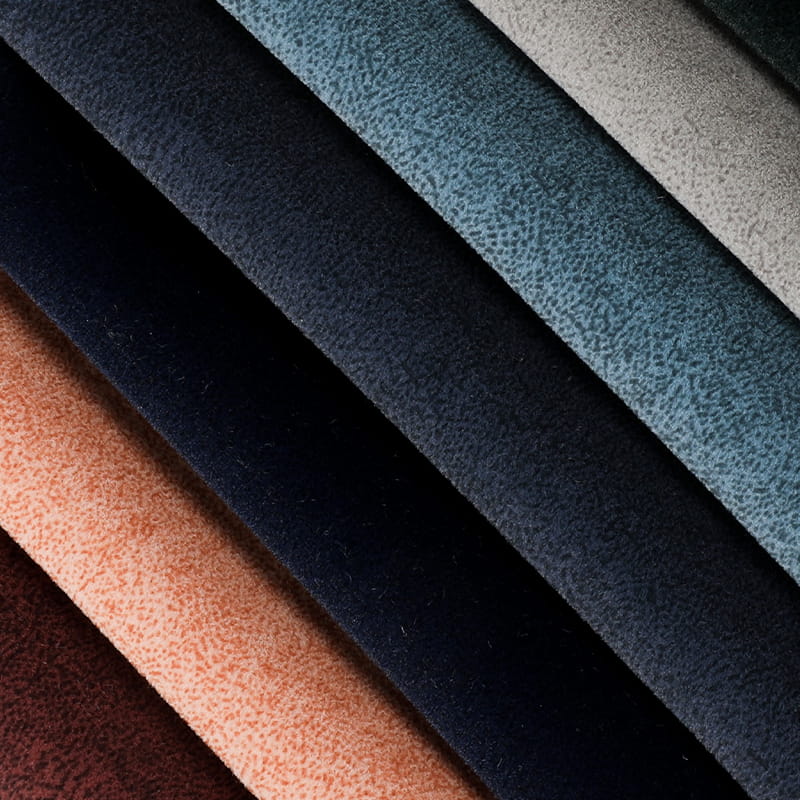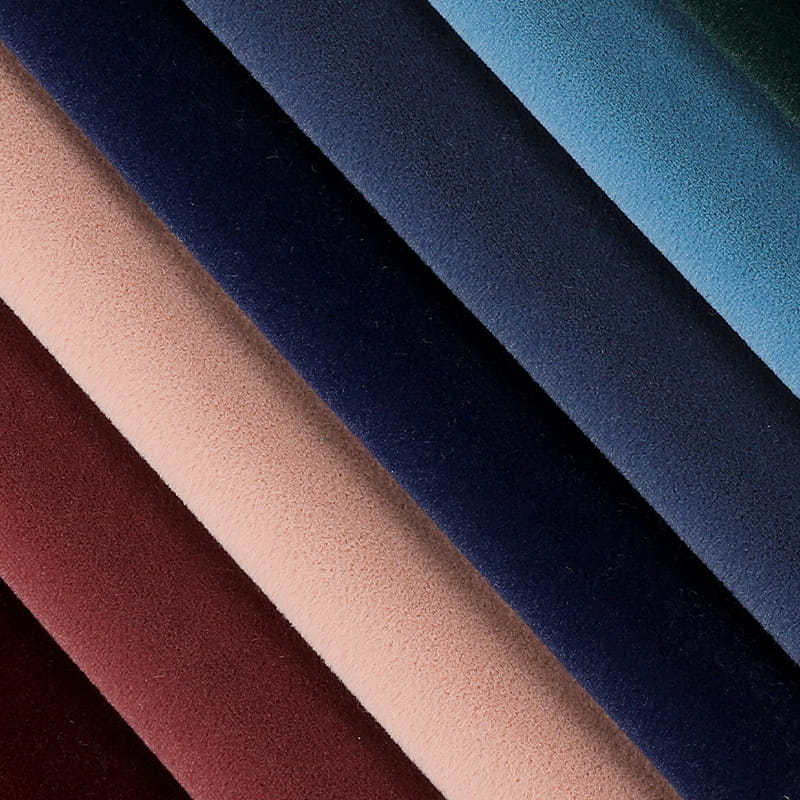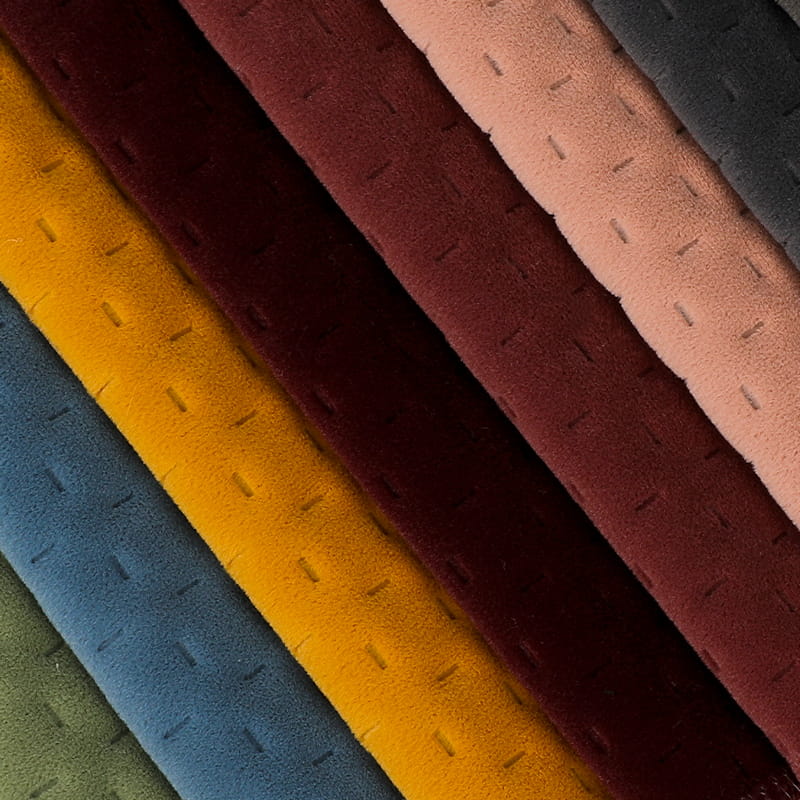In contemporary home design, sofas are not only functional furniture, but also an expression of art and lifestyle. With the advancement of technology and the improvement of consumers' aesthetic needs, printing sofa fabric is undergoing an unprecedented artistic revolution. From traditional hand-printing and dyeing to digital printing technology, from single color matching to complex artistic patterns, the design and manufacture of sofa fabrics are breaking through traditional boundaries and injecting more creativity and personality into home space.
Innovation of printing technology
Traditional printing processes such as screen printing and roller printing can achieve exquisite patterns, but there are problems such as limited colors, long production cycles, and high costs for small batch production. The emergence of digital printing technology has completely changed this situation.
Digital printing can directly print the design pattern on the fabric accurately through computer-controlled inkjet printing, which not only makes the colors richer, but also realizes complex designs such as gradient and 3D effects. In addition, digital printing supports small batch customization, allowing designers and consumers to freely choose personalized patterns, and even customize exclusive sofa fabrics according to personal preferences.
Application of environmentally friendly printing and dyeing technology
With the popularization of the concept of sustainable development, environmentally friendly printing and dyeing technology has become an industry trend. Chemical dyes used in traditional printing and dyeing processes may contain harmful substances, but nowadays, more and more brands use water-based inks, plant dyes and low-pollution processes to reduce the impact on the environment. For example, some high-end sofa fabric brands have begun to use environmentally friendly dyes certified by OEKO-TEX® to ensure that the products are harmless to the human body and the environment.
Modern printing sofa fabric are no longer limited to traditional floral and geometric patterns, but are increasingly incorporating artistic elements. Many brands work with contemporary artists to incorporate oil painting, watercolor, abstract art and even street graffiti styles into sofa fabric design to make the home space more artistic.
The global design trend has given traditional patterns of different cultures a new lease of life on sofa fabrics. For example, elements such as African batik, Japanese ukiyo-e, and Chinese ink painting have been reinterpreted and combined with modern aesthetics to create fabric designs that are both ethnic and fashionable.
Modern consumers not only pay attention to appearance, but also to the durability and comfort of sofas. Therefore, many printed sofa fabrics have begun to use high-performance fibers, such as:
Anti-fouling coating technology: Fabrics treated with nanotechnology are effectively waterproof and oil-proof and easy to clean.
Antibacterial and anti-mite fabrics: especially suitable for families with children or pets, reducing bacterial growth.
High elastic fiber: enhances the resilience and durability of the sofa and extends its service life.
As consumers pursue unique home styles, "customization" will become an important trend in printed sofa fabrics. Brands may provide online design platforms for users to upload their favorite patterns.
In the future, sofa fabrics may use more recyclable fibers or bio-based materials, such as mushroom leather (Mycelium), algae fiber, etc., to reduce dependence on petroleum-based synthetic fibers. At the same time, brands may launch a "fabric recycling program" to encourage consumers to recycle and reuse old sofa fabrics.



 English
English Español
Español